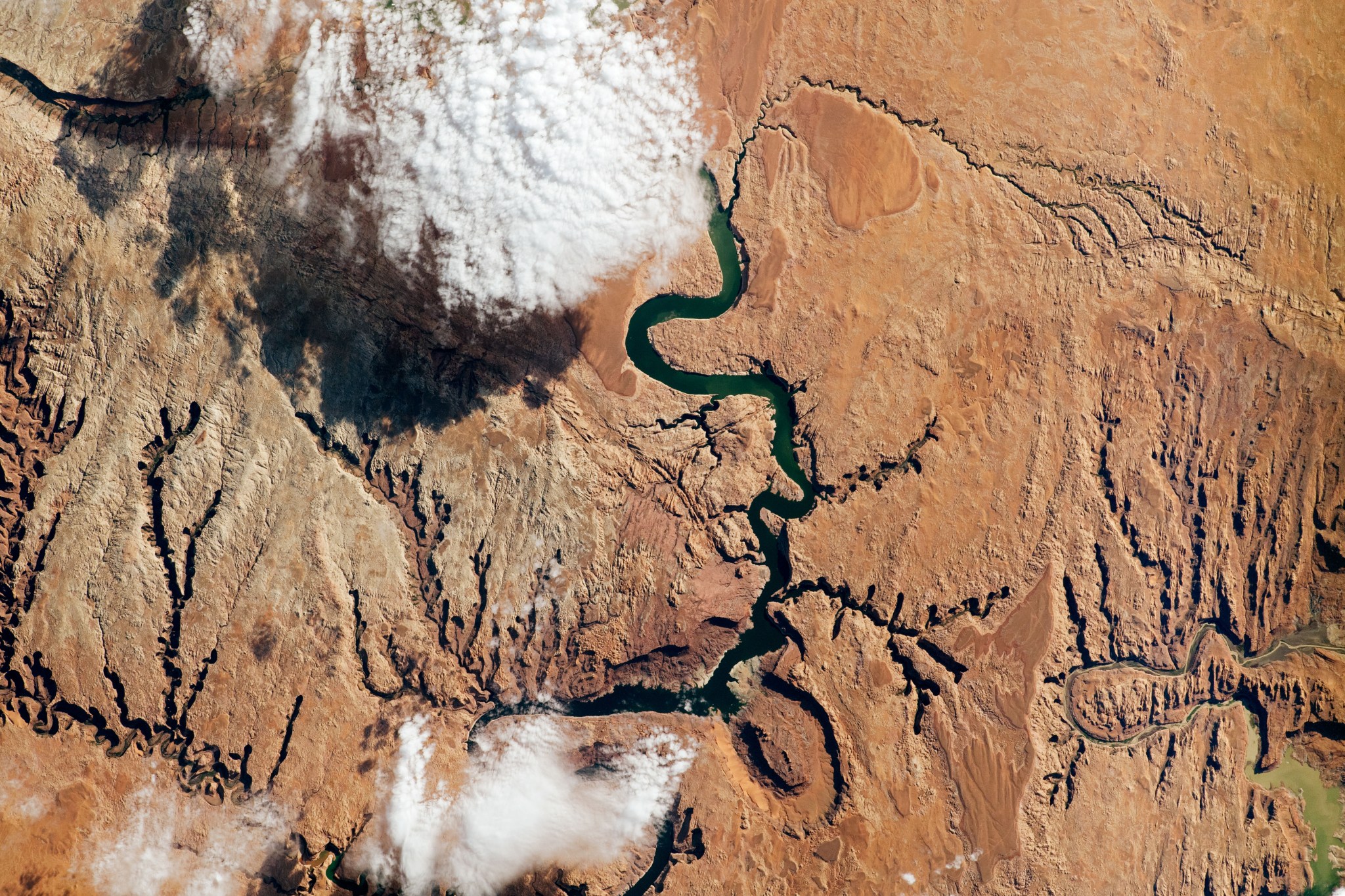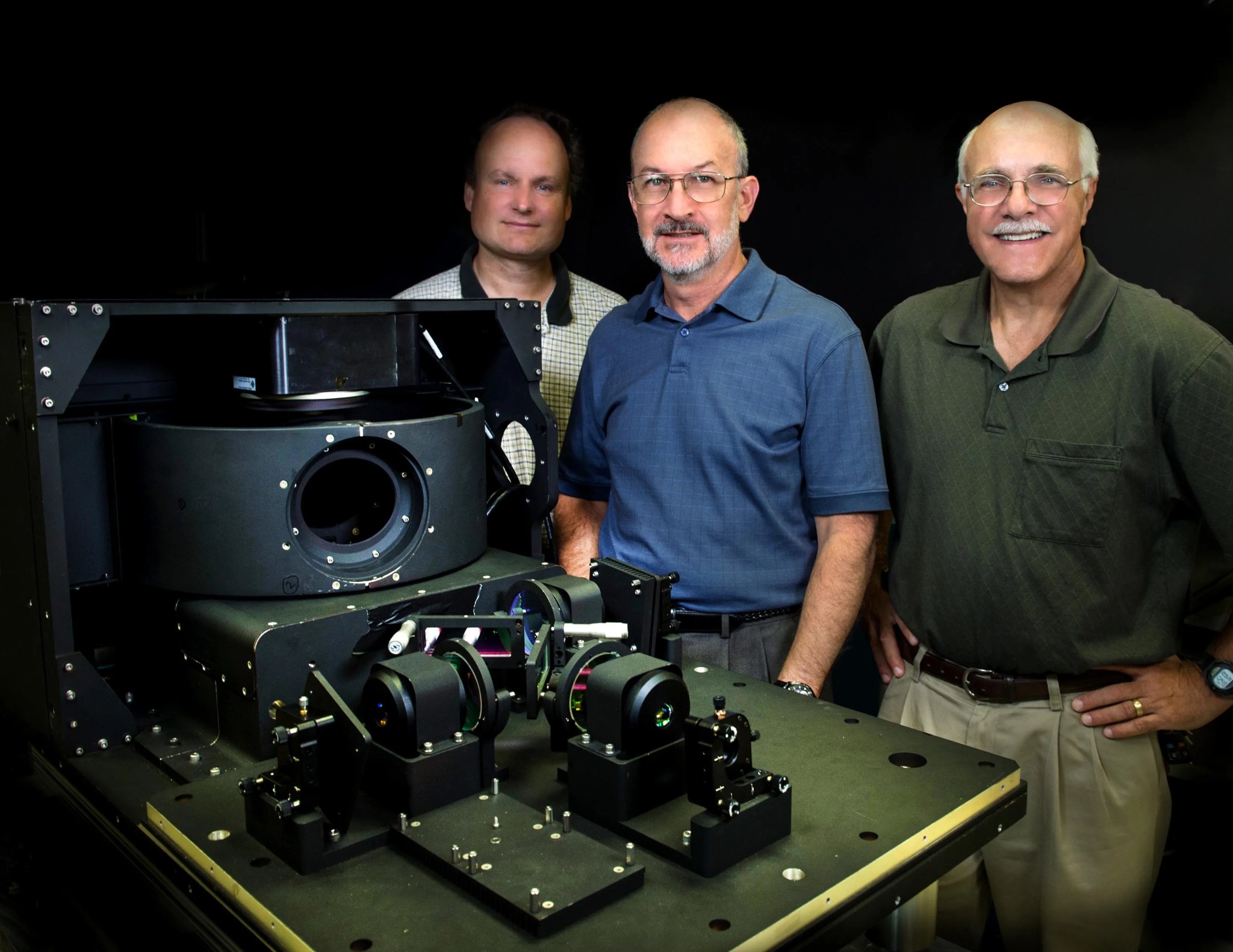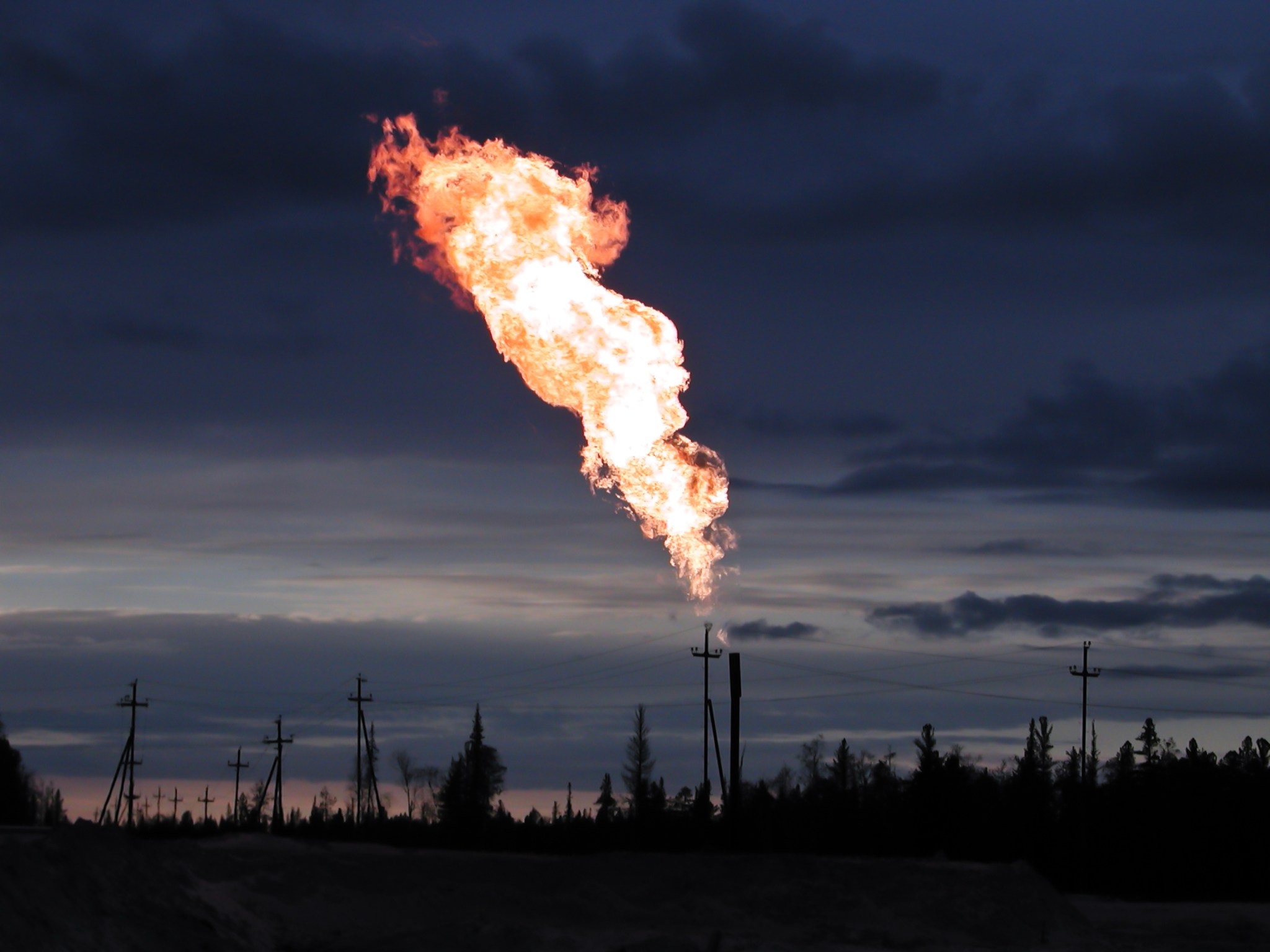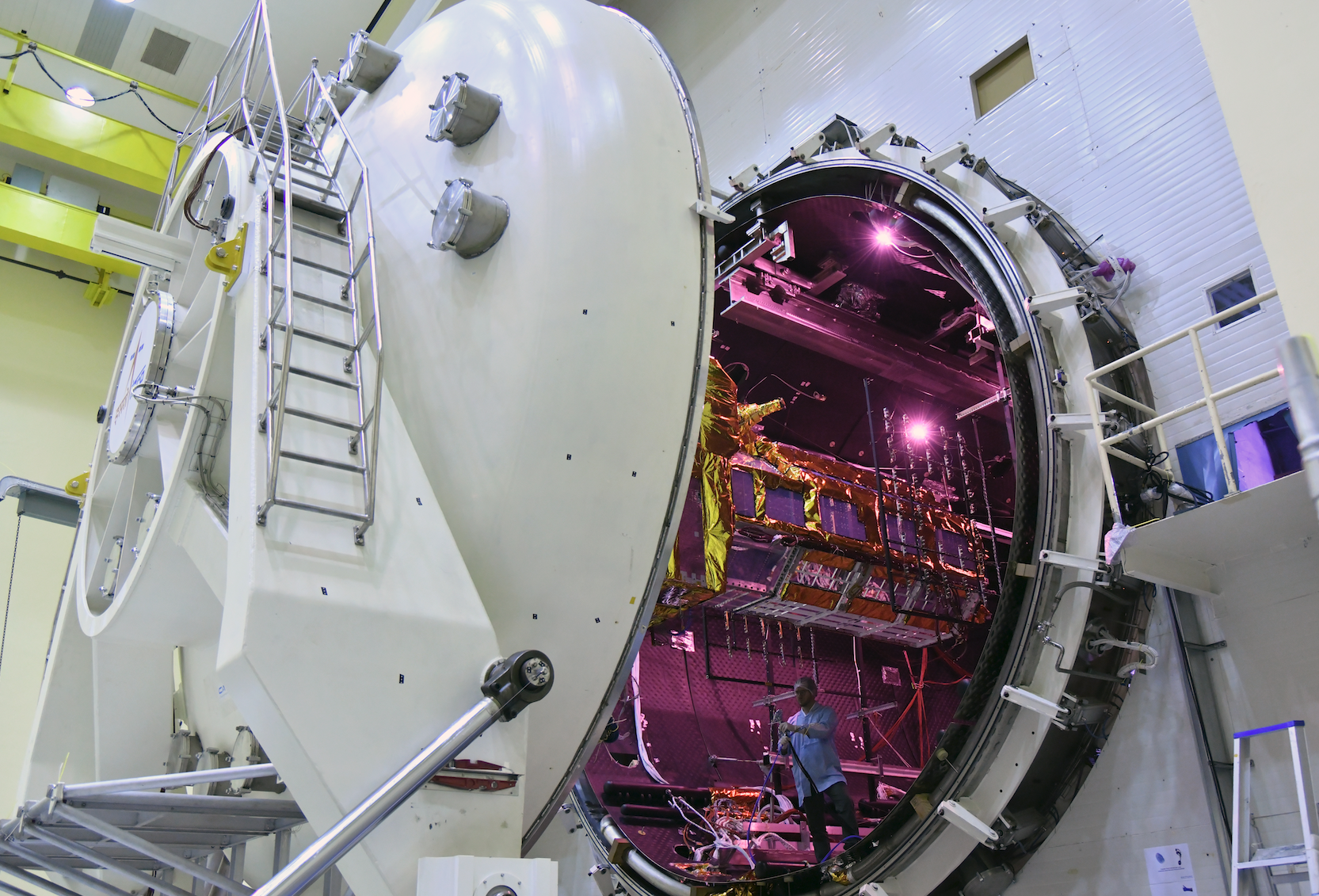7 Min Read NASA Project in Puerto Rico Trains Students in Marine Biology A forested green peninsula of Culebra Island juts into the blue waters of the Caribbean as a rain storm hits in the distance. The teal blue surrounding the island indicates shallow waters, home to the island's famous coral reefs. Credits: NASA Ames/Milan Loiacono Tainaliz Marie Rodríguez Lugo took a deep breath, adjusted her snorkel mask, and plunged into the ocean, fins first. Three weeks earlier, Rodríguez Lugo couldn’t swim. Now the college student was gathering data on…
Read MoreTag: Earth Science Division
NASA-Funded Studies Explain How Climate Is Changing Earth’s Rotation
6 min read Preparations for Next Moonwalk Simulations Underway (and Underwater) The Arctic is captured in this 2010 visualization using data from NASA’s Aqua satellite. A new study quantifies how climate-related processes, including the melting of ice sheets and glaciers, are driving polar motion. Another study looks at how polar meltwater is speeding the lengthening of Earth’s day. NASA’s Scientific Visualization Studio Researchers used more than 120 years of data to decipher how melting ice, dwindling groundwater, and rising seas are nudging the planet’s spin axis and lengthening days. Days…
Read MoreRegistration Opens for the 2024 NASA International Space Apps Challenge
Earth (ESD) Earth Home Explore Climate Change Science in Action Multimedia Data For Researchers NASA invites a global community of innovators, technologists, storytellers, and problem solvers to register for the 2024 NASA Space Apps Challenge, the largest annual global hackathon. The annual event, held this year on October 5-6, fosters innovation through international collaboration by providing an opportunity for participants to utilize NASA’s free and open data and space-based data from space agency partners. “It takes a variety of skills and perspectives to launch a mission into space, and NASA’s…
Read MoreNASA-Led Study Provides New Global Accounting of Earth’s Rivers
5 min read Preparations for Next Moonwalk Simulations Underway (and Underwater) The Colorado River supplies water to more than 40 million people as it snakes through seven U.S. states, including the part of southeastern Utah seen in this photo snapped by an astronaut aboard the International Space Station. The Colorado basin was identified in a NASA-led study as a region experiencing intense human water use. NASA The novel approach to estimating river water storage and discharge also identifies regions marked by ‘fingerprints’ of intense water use. A study led by…
Read MoreNASA’s ORCA, AirHARP Projects Paved Way for PACE to Reach Space
It took the Plankton, Aerosol, Cloud, ocean Ecosystem (PACE) mission just 13 minutes to reach low-Earth orbit from Cape Canaveral Space Force Station in February 2024. It took a network of scientists at NASA and research institutions around the world more than 20 years to carefully craft and test the novel instruments that allow PACE to study the ocean and atmosphere with unprecedented clarity. In the early 2000s, a team of scientists at NASA’s Goddard Space Flight Center in Greenbelt, Maryland, prototyped the Ocean Radiometer for Carbon Assessment (ORCA) instrument,…
Read MoreContributions of the DC-8 to Earth System Science at NASA: A Workshop
Call for Papers Date: August 13–14, 2024Location: Washington, D.C. Jointly organized by the NASA History Office and the Earth Science Division, this workshop seeks to document the important contributions of airborne campaigns implemented on NASA’s DC-8 Airborne Science Laboratory. The workshop will be a combination of keynote talks, panel discussions, and roundtables. The intention is to publish an anthology of selected papers of key presentations. NASA’s DC-8 aircraft recently completed nearly four decades of service to NASA with its retirement in early 2024 following the completion of the ASIA-AQ campaign. …
Read MoreNASA Sensor Produces First Global Maps of Surface Minerals in Arid Regions
NASA’s EMIT produced its first global maps of hematite, goethite, and kaolinite in Earth’s dry regions using data from the year ending November 2023. The mission collected billions of measurements of the three minerals and seven others that may affect climate when lofted into the air as dust storms. NASA/JPL-Caltech EMIT delivers first-of-a-kind maps of minerals in Earth’s dust-source areas, enabling scientists to model the fine particles’ role in climate change and more. NASA’s EMIT mission has created the first comprehensive maps of the world’s mineral dust-source regions, providing precise…
Read MoreNASA Mission Excels at Spotting Greenhouse Gas Emission Sources
5 min read NASA Mission Excels at Spotting Greenhouse Gas Emission Sources Flaring, in which excess natural gas is intentionally burned into the air, is one way methane is released from oil and gas facilities. NASA’s EMIT mission, in more than a year in operation, has shown a proficiency at spotting emissions of methane and other greenhouse gases from space. Adobe Stock/Ilya Glovatskiy Since launching 16 months ago, the EMIT imaging spectrometer aboard the International Space Station has shown an ability to detect more than just surface minerals. More than…
Read MoreInternational Colloquium on Space and Sustainability in Guadalajara, Jalisco, Mexico
2 min read International Colloquium on Space and Sustainability in Guadalajara, Jalisco, Mexico Members of NASA Science Activation’s NASA Earth Science Education Collaborative (NESEC) were recently invited to present and participate as part of a space and citizen science panel session at the International Colloquium on Space and Sustainability, held at the Ciudad Creativa Digital’s Plataforma Abierta de Innovación in Guadalajara, Jalisco, Mexico. The Colloquium, held November 13 to 16, 2023, is a collaboration with NASA to foster discussion in Mexico about the current state of the use of Earth…
Read MoreTrailblazing New Earth Satellite Put to Test in Preparation for Launch
The NISAR satellite enters the thermal vacuum chamber at an ISRO facility in Bengaluru on Oct. 19. It emerged three weeks later having met all requirements of its performance under extreme temperatures and space-like vacuum. ISRO During three weeks in a thermal vacuum chamber in Bengaluru, India, the joint NASA-ISRO satellite demonstrated its hardiness in a harsh, space-like environment. NISAR, the trailblazing Earth-observing radar satellite being developed by the United States and Indian space agencies, passed a major milestone on Nov. 13, emerging from a 21-day test aimed at evaluating…
Read More





